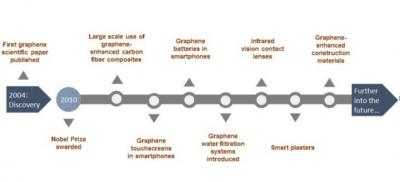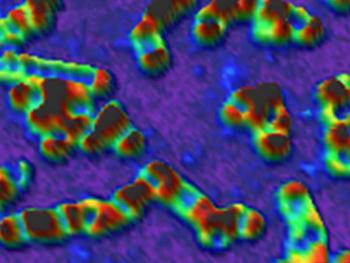Deloitte & Touche sees a bright future for graphene, but it might take a while...
Deloitte and Touche presents its 2016 predictions and insights on the graphene market, and states that the graphene materials market in 2016 is likely to be in the low tens of millions of dollars (likely not to surpass $30 million). It also says that it may be decades before this material’s potential is fully realized: by the end of the decade material sales may still be a little more than $100 million, which represents growth, but also a continuation of the research phase.

D&T foresees that in 2016, and most likely in the decade to come, graphene will be in a research and prototyping phase. While products marketed as ‘graphene’ may be on the market in 2016, many will likely be constructed from other, more traditional materials, and contain a very limited quantity of graphene. However, research and development spending for the year is likely to be in the hundreds of millions of dollars, and in the medium term graphene may be incorporated into products worth many billions of dollars per year.



